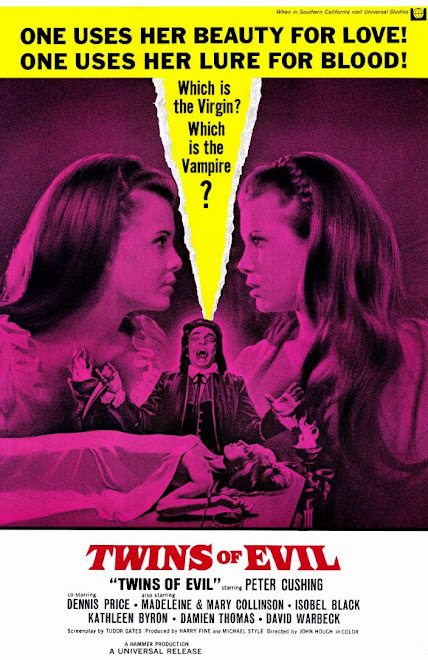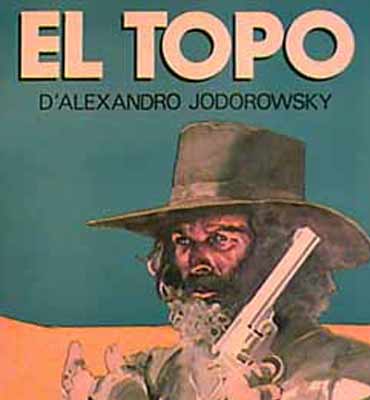
Where I live, we don't have proper seasons, so I often have to kick off Autumn through artificial means, like buying tons of Halloween decorations, or watching a movie that lets me imagine an added crispness in the air. BCI's recent release of COUNT DRACULA'S GREAT LOVE (titled in their double bill with VAMPIRE HOOKERS as CEMETERY GIRLS) gave me the opportunity to do so with one of Paul Naschy's best films, a riff on the Dracula mythology that has very little to do with Bram Stoker, but still has a uniquely Spanish aesthetic that makes it a pleasure to watch. The film starts off with scenes and scenarios that seem lifted straight out of a Hammer production--in fact, DRACULA, PRINCE OF DARKNESS comes most immediately to mind, with a plot that starts with a group of stage-coach travelers stranded in the Borgo Pass. Naturally, they wind up in Dracula's abode, which apparently spent time as a mental asylum, and the group gradually falls prey to the vampire (who has disguised himself as Dr. Marlow) in a way that echoes the earlier Fisher movie.

However, the recognizable Hammer tropes give way to something more akin to Jean Rollin by the end, as the film increasingly grows more surreal and less governed by plot and dialogue and more by so by image and monologue. As the lover of one of the women, Victor Alcazar's character appears set up as the film's hero, strong, sexually desirable to women, with instincts to protect. However, he falls victim to vampirism himself fairly early in the film, a departure from what we would expect from a Hammer film, where we generally see women placed in positions of dependency to men. In fact, the general attitude toward evil in COUNT DRACULA'S GREAT LOVE appears skewed when compared to traditional Dracula films: Instead of standing as the source of control over a monolithic evil, Naschy's Dracula creates other vampires that he not only can't control, but with whom he seems decidedly at odds.

Of course, the filmmakers may have devised this kind of characterization so that we can see Naschy's Dracula play hero at convenient spots in the film, killing his share of vampires and serving as the male protector in these scenes. However, he still seems the embodiment of evil he cannot control and, at times, genuinely seems to regret. (How often do we get to see such a tender moment involving Dracula as when he frees a trapped rabbit?) With its off-kilter approach, COUNT DRACULA'S GREAT LOVE takes its place in a canon of Spanish vampire films that include THE DRACULA SAGA and THE BLOOD SPATTERED BRIDE, films that take risks and subvert the traditional narrative that Universal and Hammer had taught us to expect.

In an earlier post, I linked screenshots that suggested that the BCI disc would offer a substantial improvement over previous releases of the film. I'm happy to report that this is indeed the case; while not in pristine condition, BCI's print still offers the film in what appears to be close to the original aspect ratio. Very highly recommended.
































.jpg)






















No comments:
Post a Comment